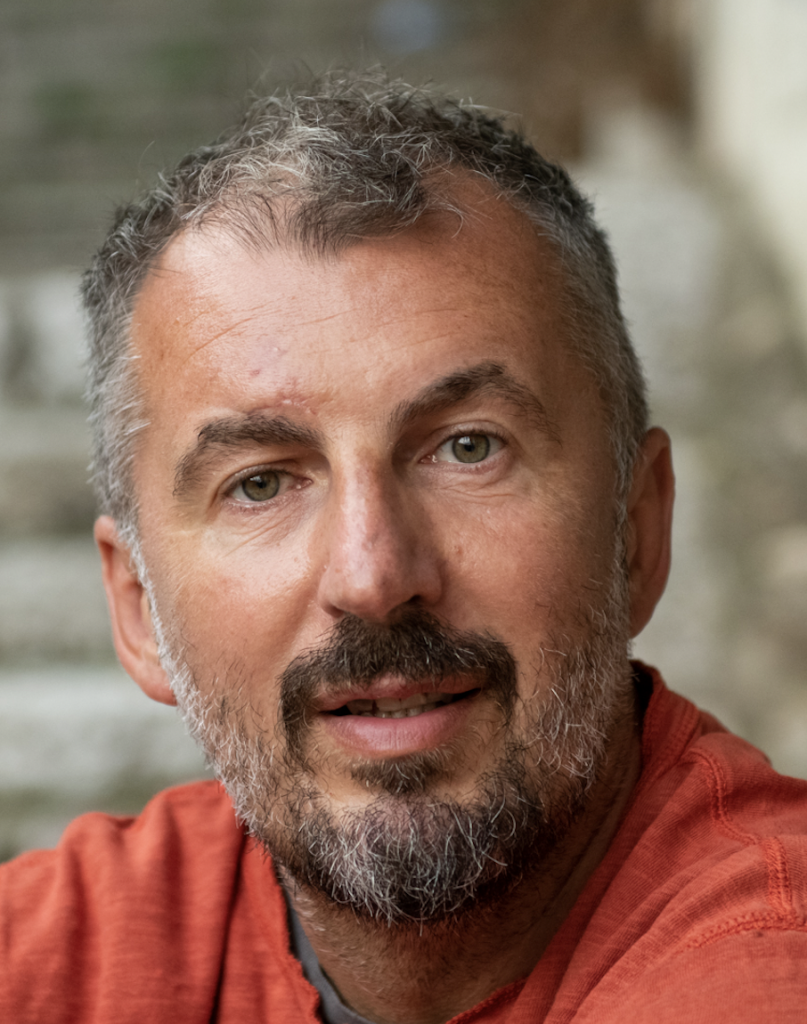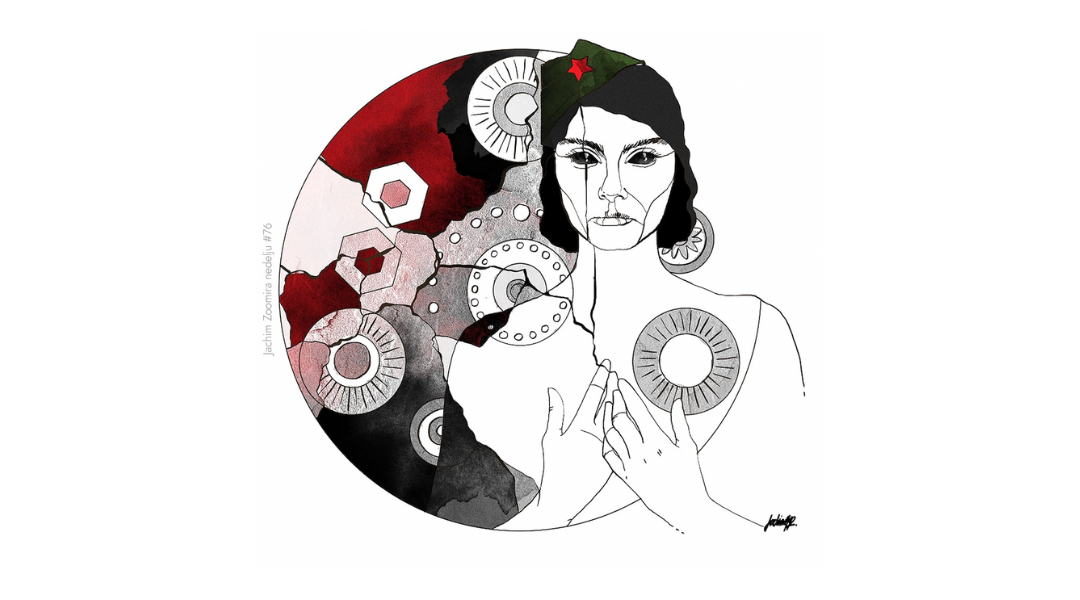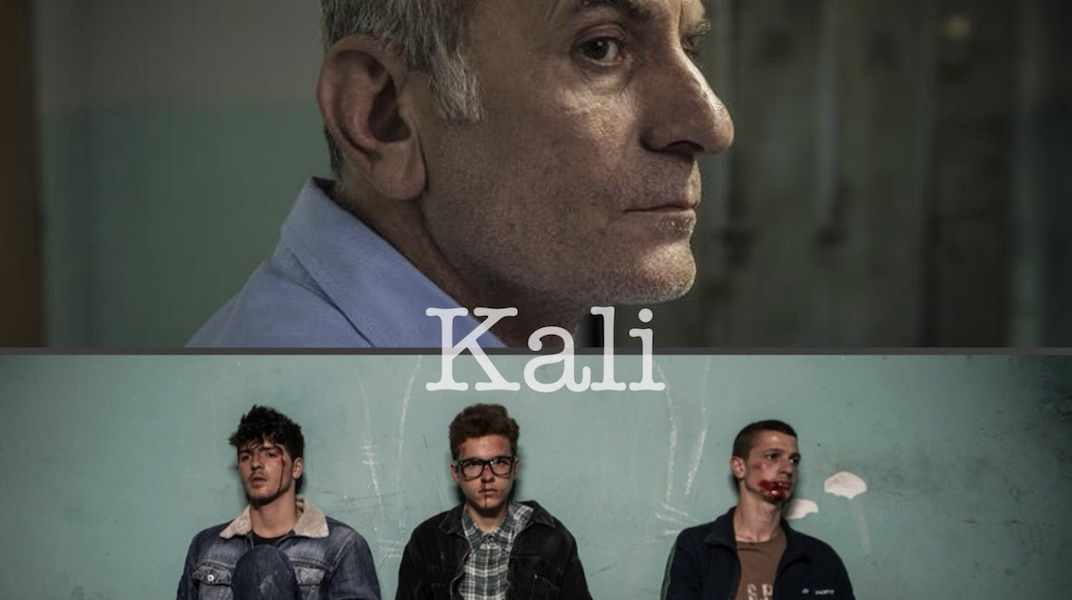In his introductory speech delivered to the audience at the Center for Cultural Decontamination in Belgrade during the “Sarajevo in Belgrade” event hosted by the “Kontakt” association, photographer Damir Šagolj emphasized the importance of this event, stating that this connection between the two cities was more necessary than ever.
Providing further explanations, he even used his professional experience as a photographer, saying that to become perfect, a good photograph requires a certain distance, if there is such a thing as a perfect photograph. He used that distance metaphor to describe the current state of the relationship between Sarajevo and Belgrade or vice versa, claiming that we were here dealing with an almost perfect time distance from the end of the war. It has been almost twenty-seven years. However, interpersonal relations are not a photograph. Neither is every photograph merely a photograph.
To distance oneself from an object if the object in question is, say, a still life is not the same as when the object is a dead child. If it is the latter, for which one could win a Pulitzer Prize, it is impossible to shut down subjectivity, distress, emotions. Unless you happen to have none.
Damir went on to explain that he had made 30 different shots in a relatively short period of time. Despite the right distance and the right aperture, only a couple of shots were of satisfactory quality. But what about the others? Everything in them seemed just about right. Everything except the “object” which was blurred.
Hence, it’s not just the distance that counts. The same applies for the relations between Sarajevo and Belgrade. Please forgive me for highlighting Sarajevo and Belgrade. If it suits you better, you can insert any other city here. The choice is all yours.
As we have seen in the case of Germany, it takes 23 years for that distance to become fitting. It was just the right amount of time for a new generation to grow up and start asking questions. We, on the other hand, rarely ask any questions. As the custom here is, when a generation that waged a war dies, all the memories and admonition die with it and hence there are almost no obstacles for us to start over.
So the distance theory hardly holds water. Especially in our corner of the world.
For some, it was never needed in the first place. Even while the war was raging on, there were those who would not settle for alienation from one another. Communication was almost impossible but when there’s a will, there’s a way and we have mostly the vast network of radio amateurs to thank for it.
Moreover, Sarajevo seemed to be yearning for Belgrade, not the other way round.
In an interview he gave to the Macedonian “Puls” Magazine in 1993, Bogdan Bogdanović described his encounter with one of the editors of Sarajevo daily paper “Oslobođenje” in Paris, emphasizing that the person in question was a Serb:
“You know what pains us? Had a mere tenth of what was happening to Sarajevo happened to Belgrade, we would all have died for Belgrade”.
Bogdanović concludes, “And Belgrade just stood there, silently watching Sarajevo burn, burn as a torch. Belgrade watched the flames every evening; it watched people being killed, it saw the Serbian missiles killing the children of Sarajevo. Belgrade just stood by, as if it was all happening on the Moon or in a film. It was anesthetized and completely withdrawn.”
This anesthesia caused Ivica Osim to leave Belgrade too. Belgrade was not too fussed about it. Belgrade was murdered. It was not destroyed like Dresden in 1945, it was murdered. It was dead inside.
Bogdan Bogdanović was also one to leave such a Belgrade. He ended up in Vienna where he died.
It is noteworthy that at some point he wanted to replace this dying Belgrade with Mostar, having been its honorary citizen. He wrote about it in his Green Box,
“As regards Mostar, I found the situation all the more dramatic as a week or two earlier I had agreed with my Mostar-based friends to move to their city whose honorary citizen I happened to be. I was foolish to believe that it was how I could get away from Belgrade and calmly wait for the nationalist minds to cool down a little.”
And then Mostar was murdered too. Three days after the Old Bridge had been destroyed, Bogdanović wrote,
“The lean, stone silhouette, the heavenly rainbow’s replica, the masterpiece of Hayreddin the architect, one of the most beautiful and noble architectural allegories, sank to the bottom of the river. From the name of the city whose origins are tied to the bridge, they dislocated the first and the last word and, I’m afraid, made its death irrevocable.”
Just as Belgrade had done earlier, Mostar murdered itself. Even though the Old Bridge was rebuilt, another barbaric act that took place almost thirty years later, proved that Bogdanović was right.
The destruction of the Partisan Memorial Cemetery is a confirmation that the author/artist was right.
“All that remains of my original promise is the gaze between the former city of the dead and the former city of the living, but they gaze at one another, with empty, dark and burnt eyes”, he wrote in 1997.
And it would all indeed be really depressing were there not something about Bogdanović that refuses to be destroyed. He did not build the Memorials, the Partisan Memorial Cemetery included, to celebrate the victims and death, but to celebrate life. Bogdanović stated on several occasions that one of the greatest compliments he had ever received for his work was for the Partisan Memorial Cemetery. Namely, a young woman reached out to him and confided that she was conceived right there.
And that is a memorial that cannot be destroyed. It is more alive than any other. And it is not the only one.
There is an entire generation of people who were born during the war. They are ready to tell their story and they are at the War Childhood Museum, the Forgotten Children of War Association; Alen Šimić and Jasenko Pašić – the two were but children when the war started and they came to Belgrade with Damir Šagolj and presented the films they had worked on; films that show that there is life even under shellfire and that the muses are never silent.
When I come to think of Damir Šagolj’s claim that this is the right moment, I realize he is right. It is the right moment. For the generation that seems ready to ask questions, to problematize and help has now grown up. And it is once again Sarajevo that takes the initiative. It is them who are more eager to revive that old Belgrade than Belgrade itself.
They will disregard Ratko Mladić’s image painted on walls; they will come to tell the story about how that same man affected their lives.
But what about Mostar? It looks as though it is way easier to perform CPR on Belgrade than on Mostar. It looks as though it was easier to organize festivals and exchange visits of cultural workers from Sarajevo with Belgrade and vice versa than with Banjaluka?
The image of Ratko Mladić on walls all over Belgrade originates from the same sense of fascist supremacy as the destruction of the Partisan Memorial Cemetery in Mostar. Whilst we are teaching ourselves to be politically correct, to give “the other party” a chance, that party is destructive and has no time to lose.
Mobs will gather, a protest will be organized or a restoration initiative launched, but just as that fucking “mural”, “they” are protected. They are protected by the police, the city authorities, the cantonal authorities and the people who have power and the “mural” cleaners and smashers are people from the society’s bottom with a desire “to climb up”.
And to fulfill that desire, they use the dead as their stepping stones. The next day, they will similarly tread all over the living.
It is the responsibility of the living to step forward. And it is indeed Belgrade that should make the first step as Belgrade was making the first steps when the destruction started. Destruction of which Mostar is only a consequence and if only it was just Mostar. It is going to be a long journey. Let’s arm ourselves with patience and understanding.
Illustration by Jelena Jachim Jaćimović

Dejan Kožul is a journalist and correspondent of various media from former Yugoslavia (Novosti, Lupiga, FTV, etc.). For more than ten years he has been editor and presenter of the radio show KUPEK which is broadcast by Radio Republika (Novi Sad), Radio ROjc (Pula), KLFM (Split) and Radio Bruškin (Kotor). Kožul claims this show to be the most liberal territory possible as it is free from any taboos.


